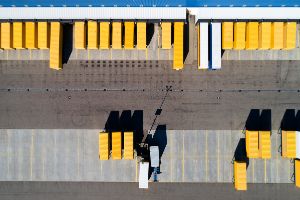Robotic process automation: a step into a world of opportunities
There has been an unprecedented boom in robotic process automation (RPA). with increasingly refined artificial intelligences assuming traditionally human tasks. This is a step forwards from which there is no going back, which offers promising prospects both from the perspective of costs and efficiency.
.jpg)
The journalist Magí Camps said that we live "immersed in a sea of initials and acronyms", which are transforming both our language and our daily experiences. One of these simple abbreviations that encompasses complex concepts is RPA, or Robotic Process Automation. The term is relatively new: its use has only become widespread in the past two decades. The concept is a little less widespread, although it has transformed and evolved over time to take on a new dimension in recent years, with an emphasis placed on artificial intelligence (AI).
The use of machines assume human tasks either in full or in part (also known as traditional automation) has been a constant since the first industrial revolution. However, the current meaning of RPA entails the use of computer systems to replicate "smart" human actions through a user interface and has only existed for the past 30 years or so. Companies started to intensively use this technological resource when it reached a sufficient level of maturity, scalability, reliability and resistance. In other words, when using it is irrefutably good business.
Today, RPA solutions and services represent a booming global market that moved more than €10 billion in 2022 and is expected to be worth more than Є50 billion in 2030, based on data from Fortune Business Insight. This is a tidal wave that the recent pandemic has only accelerated.
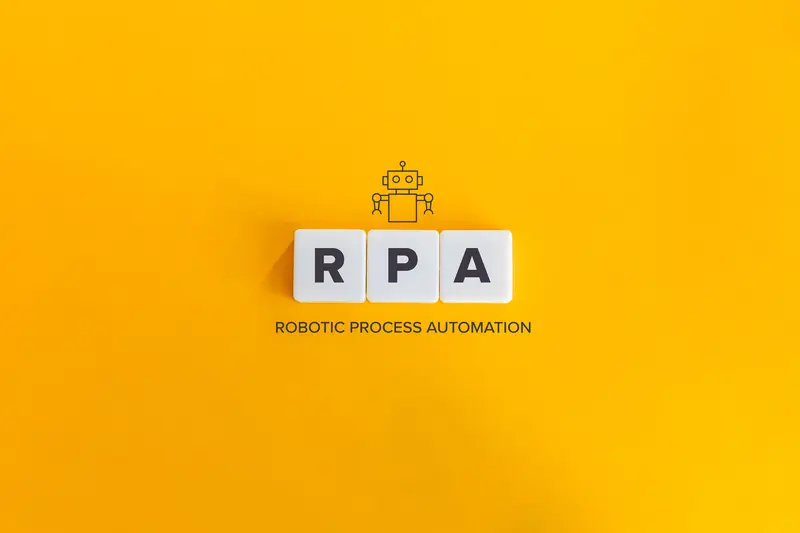.webp)
A fruitful option at all levels
A study by the McKinsey Global Institute predicts that process automation will see more than 800 million jobs around the world be taken over by machines in the coming decade. Despite all of this, the institute itself indicates that this disruptive innovation will also create (in fact is already creating) new professional profiles that require much higher qualifications and value creation, meaning that the balance in terms of employment is expected to be favourable.
Jason Pais, Director of Technology at Prosegur AVOS, states that RPA is an innovation strategy based on "automating manual, repetitive and very tedious tasks".
Randstand, in its report entitled Flexibility at Work. Embracing change, anticipates that one in seven workers (14%) will lose their current job before 2030, although this short-term replacement of human beings with machines does not necessarily have to lead to an increase in unemployment, as it will also generate much higher productivity and new opportunities. Randstad considers what is taking place represents the "optimisation of human capacities, which makes a high degree of complementarity between people and machines possible".
In this sense, Jason Pais, Director of Technology at Prosegur AVOS, states that RPA is an innovation strategy based on "automating manual, repetitive and very tedious tasks". When machines perform this very demanding and thankless work on behalf of human beings, we can dedicate ourselves, based on our familiarity with processes and with the newly launched technology, "to high-value tasks" for which, in most cases, only "minimal training with a short and easy learning curve" will be required. In other words, RPA feeds into a virtuous cycle.
The world of tomorrow is already here
Pais explains that "Prosegur AVOS provides its customers with RPA solutions to increase process productivity and generate new cost efficiencies". However, innovations involving technological disruption are not limited to RPA. Pais offers a reminder that process automation is part of a broader framework, that of "hyper automation", which also includes "artificial intelligence (AI), machine learning (ML), optical character recognition (OCR) and natural language processing (NLP)" to name just a few.
.webp)
The Director of Technology provides practical examples of these last two solutions, which are also offered by AVOS: "Thanks to OCR, machines can process thousands of supplier invoices that most companies receive each month, extracting key data and entering it into systems," therefore, people who previously performed these manual data introduction tasks that are both essential and cumbersome and thankless "can now focus on analysing expenses and improving the process". And thanks to NPL, "you can automate the thousands of emails that customer service departments receives and refer complaints, claims and queries to the corresponding department", freeing up the people who used to spend their days reading emails and forwarding them to focus on "improving the user experience and customer service".
RPA does not destroy jobs, rather it reorients careers towards "innovative tasks with a much higher value." In the medium term, monitoring and supervising automation will become increasingly consolidated as a fully "human" occupation and a better use of people's talent. In the words of Donald C. Carroll, an expert in robotic engineering and technology champion, "the pairing of human and machine capabilities is going to define the future of our economies and constitutes a magnificent opportunity that nobody can afford to give up."
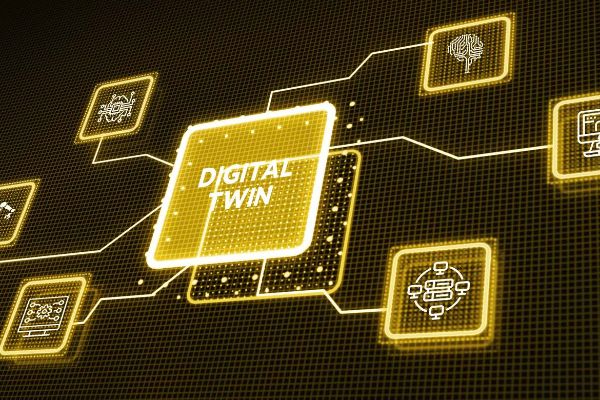.jpg)
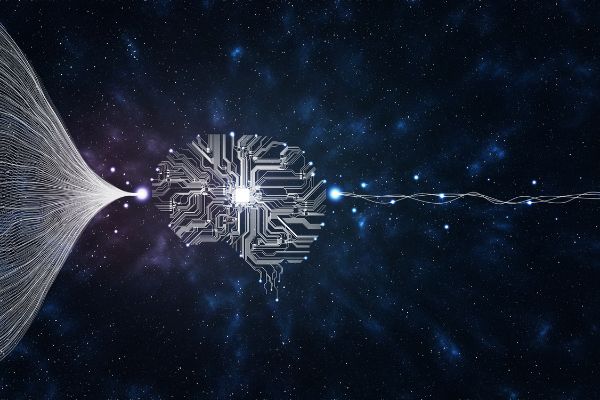.jpg)
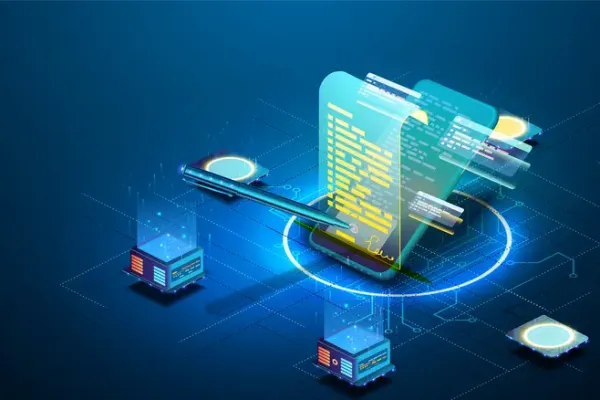.webp)
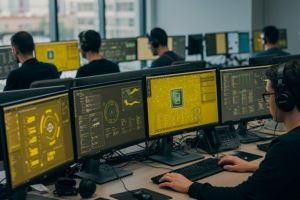.jpg)
.webp)
